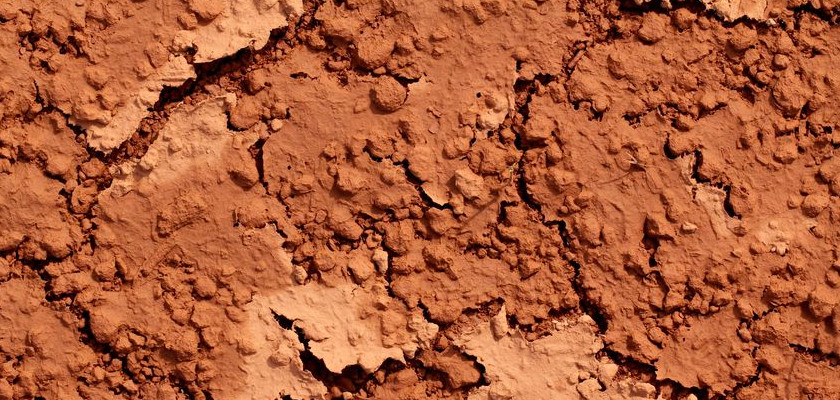CLAY
| This page is edited by |
| Poland |
Portugal |
| Łukasz Wróbel |
Group 5:Énia e Rafael
|
Concept
|
Polish
|
Portuguese
|
English
|
|
|
glina
|
argila
|
clay |
|
Definition:
|
Ilasta skała osadowa, powstała najczęściej w okresie czwartorzędu w wyniku nagromadzenia osadów morenowych
|
O termo argila corresponde aos minerais que apresentam tamanho inferior a 2 µm em uma rocha.
|
It's a fine-grained natural rock. It can appear in a lot of colours from white to dull gray or brown to deep orange-red. We use clay in ceramics to make, for example, plates. Clay is hard but quite fragile.
|
|
Origins:
|
Jest to skała złożona z minerałów ilastych, kwarcu, skaleni, substancji koloidalnych, może zawierać okruchy innych skał oraz substancje organiczne (humus, korzenie, bituminy).
|
A argila origina-se da desagregação de rochas feldspáticas, por ataque químico (por exemplo, pela água ou pelo ácido carbônico) ou físico (erosão, vulcanismo), que produz a fragmentação em partículas muito pequenas. |
Clay is a fine-grained silicate mineral made when rocks break down. Wet clay is soft and can be shaped to make pottery and bricks and other things. When it is shaped and then fired in a kiln to make it hard, it becomes pottery.
Clay often contains some water because the water molecules stick to the tiny grains. There may also be some organic materials in the clay.
|
Examples:
In our district (Poland, Warsaw, Jelonki), where our school stands, earlier was big clusters of clay. Here was factory of clay bricks. The remant of this is clay joints, in Polisch called
"glinianki".
